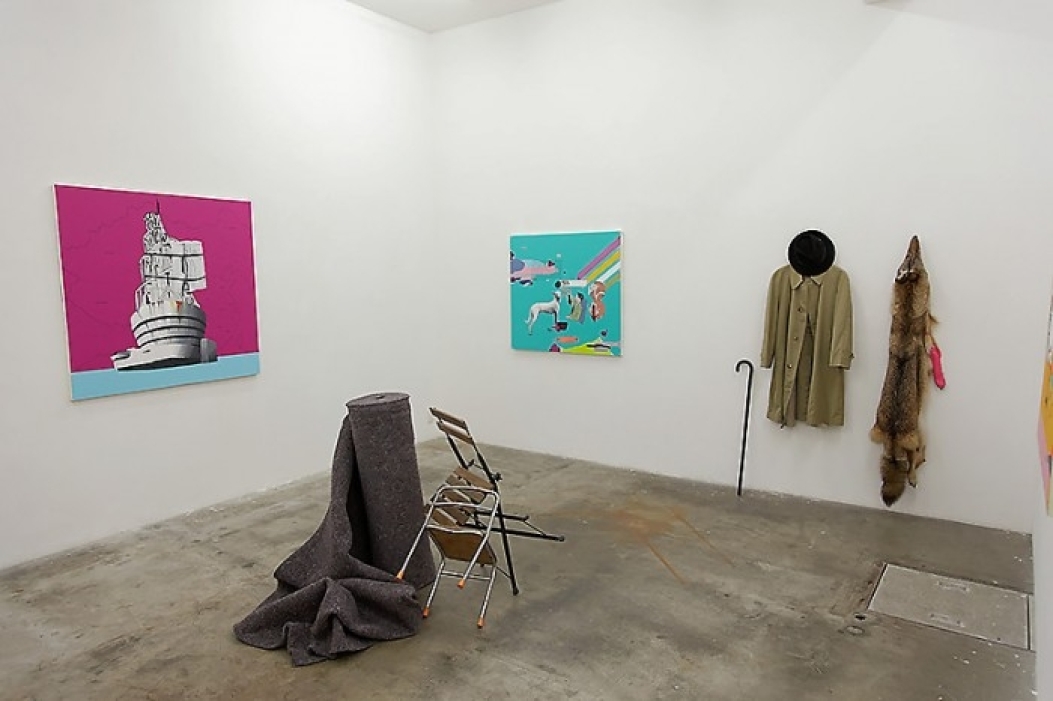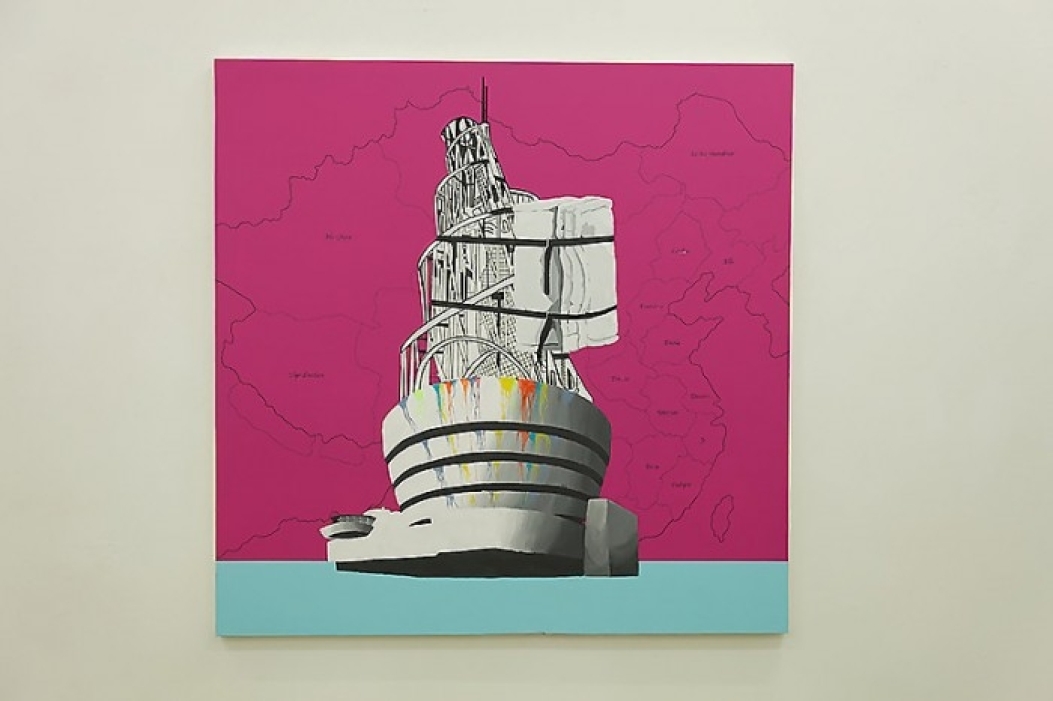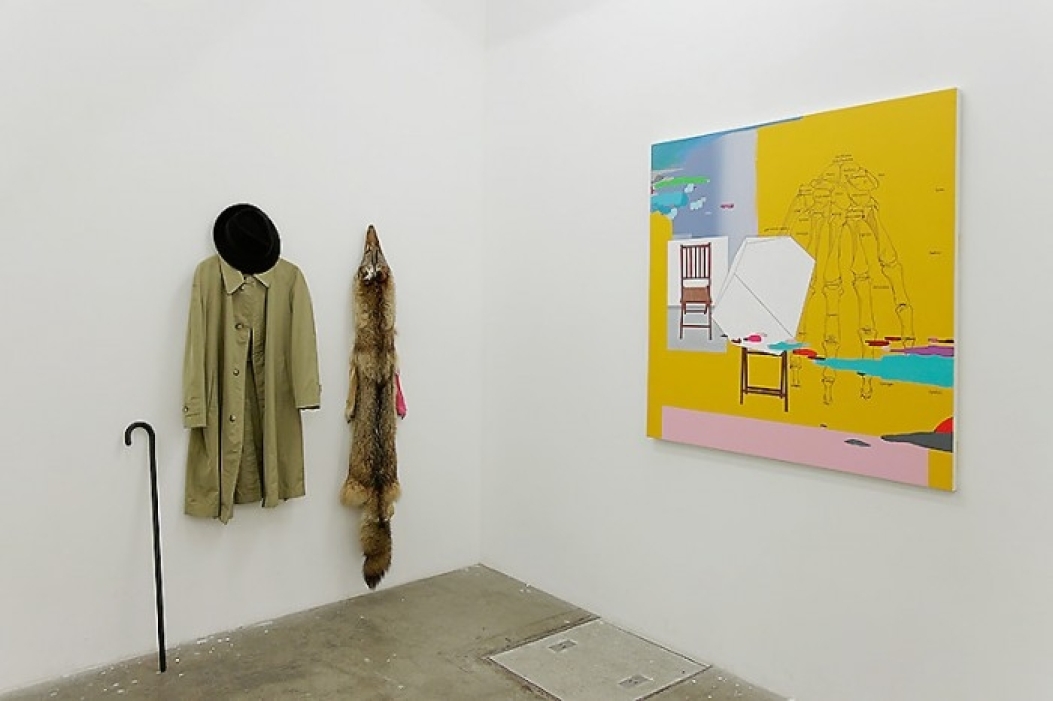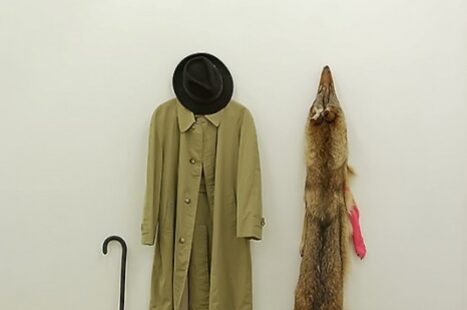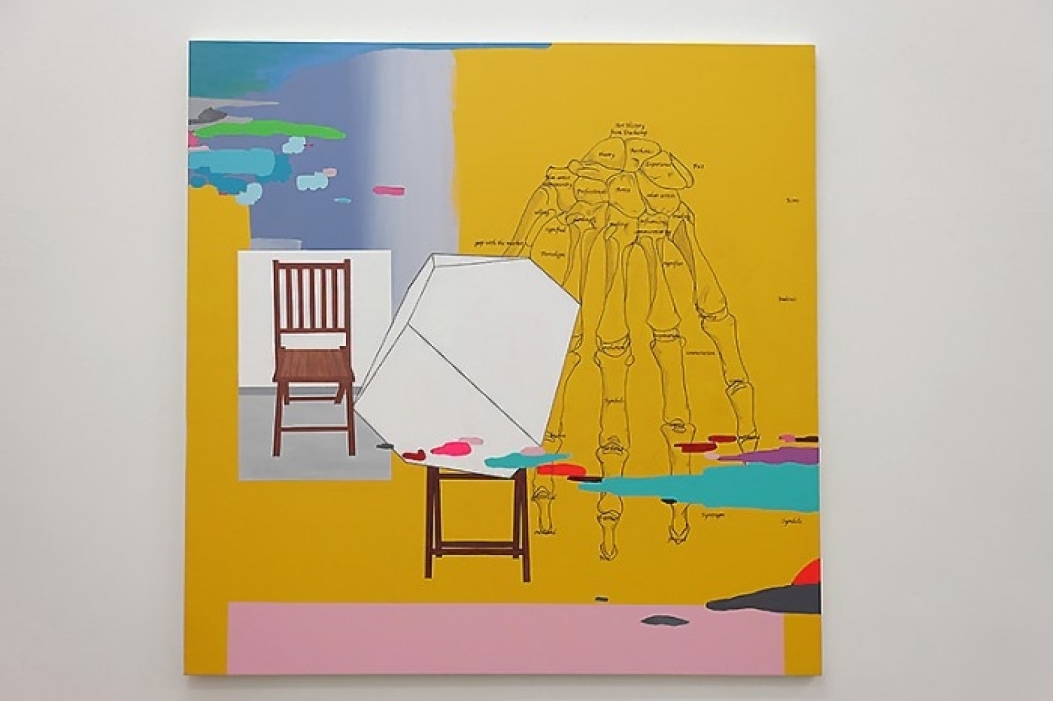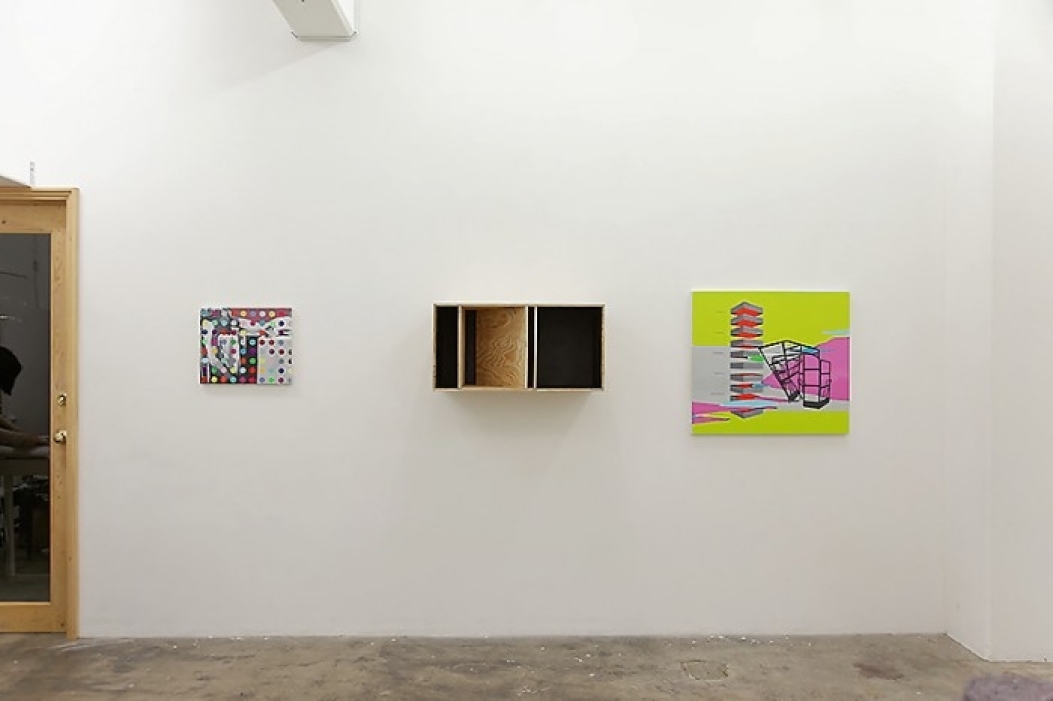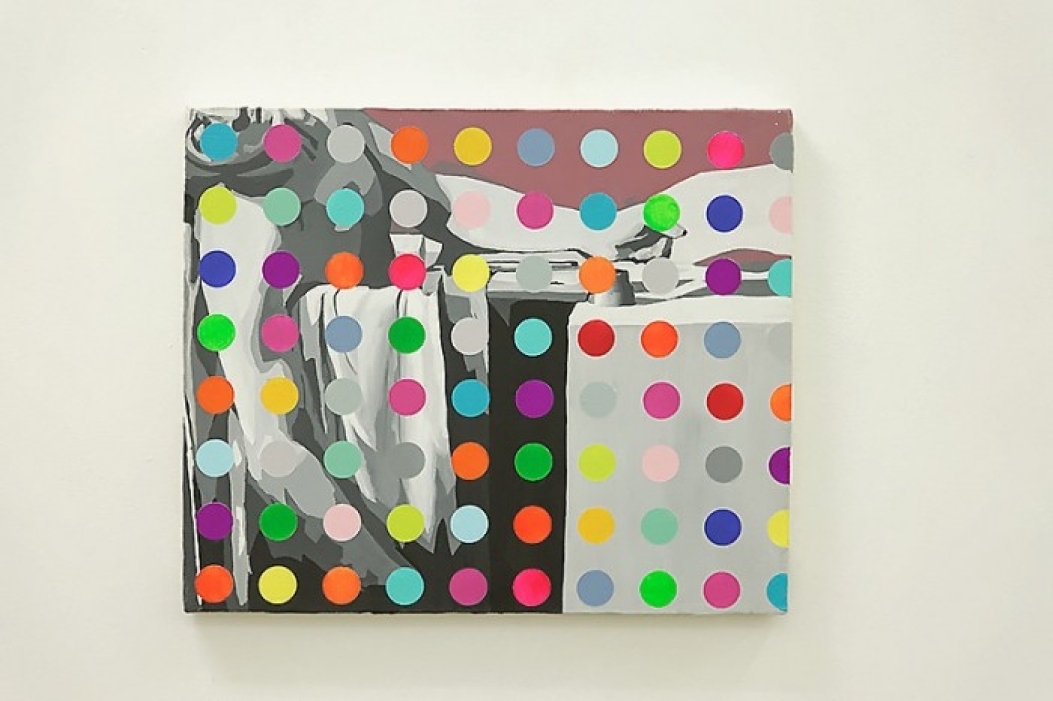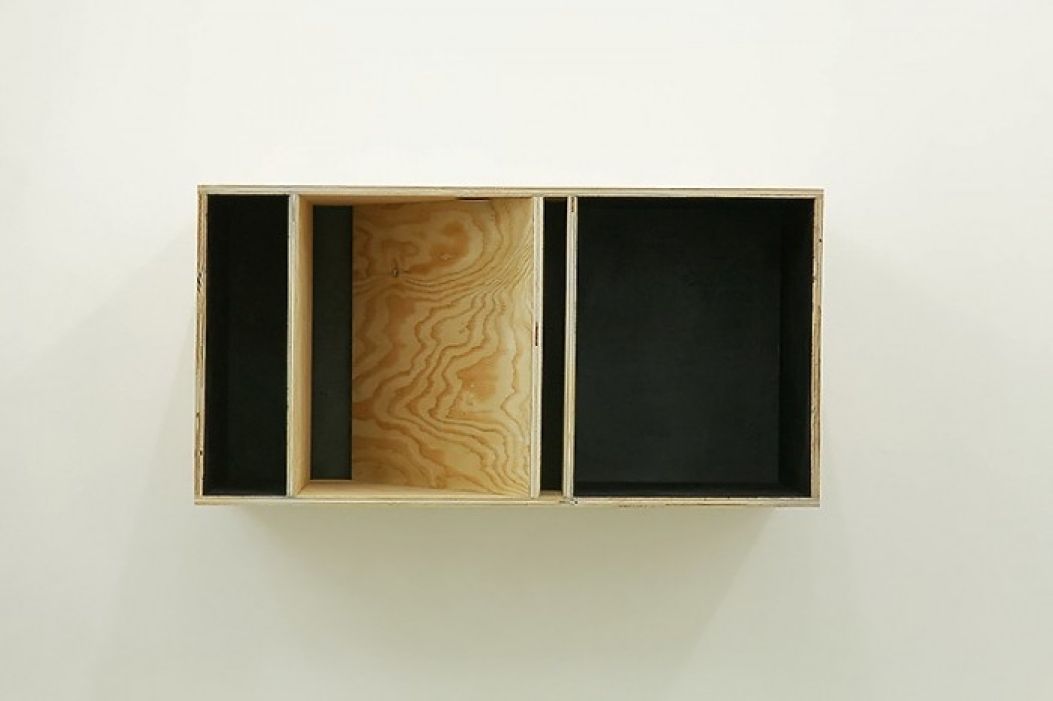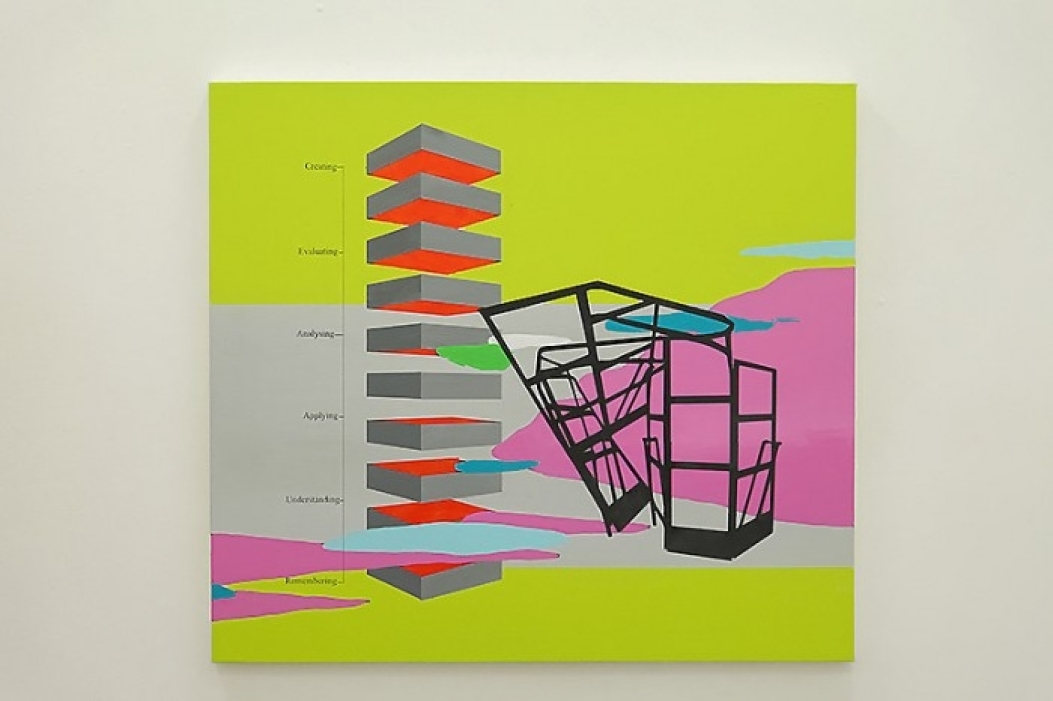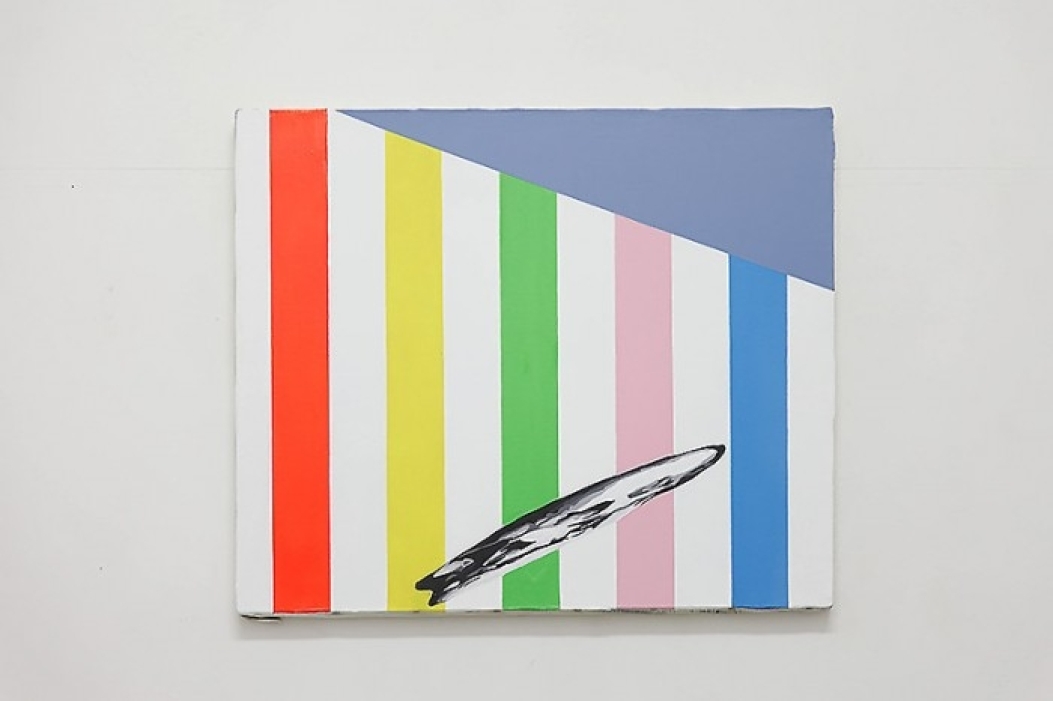In the corner of a studio, an old shoebox rests—unassuming, archival. Inside: fragments. Clippings from art magazines, torn images detached from their original contexts. They are not read, but seen. Not interpreted, but held. These images, stripped of critical commentary and narrative, become raw material—silent echoes awaiting activation.
This act of collecting is neither nostalgic nor passive. It is a gesture of isolation and inquiry. When the hand pauses mid-process, when the noise of interpretation grows too loud, the box opens. These fragments offer no answers, but they resonate—part memory, part possibility.
In Post-Production, Nicolas Bourriaud likens the artist to a DJ: someone who does not invent ex nihilo, but reconfigures the existing. The artwork becomes a remix, a reactivation—a new form born from the sediment of prior ones. As in memory, each version overwrites the previous, not to erase, but to reshape. The origin fades, becomes spectral. What remains is not reproduction, but transformation.
Remanence operates within this space: between citation and silence, image and echo. It questions what emerges when one’s own memory overlays the collective memory of others. What rhythm takes shape when personal resonance is layered onto the ghost of a visual culture already seen, already felt, already fading
